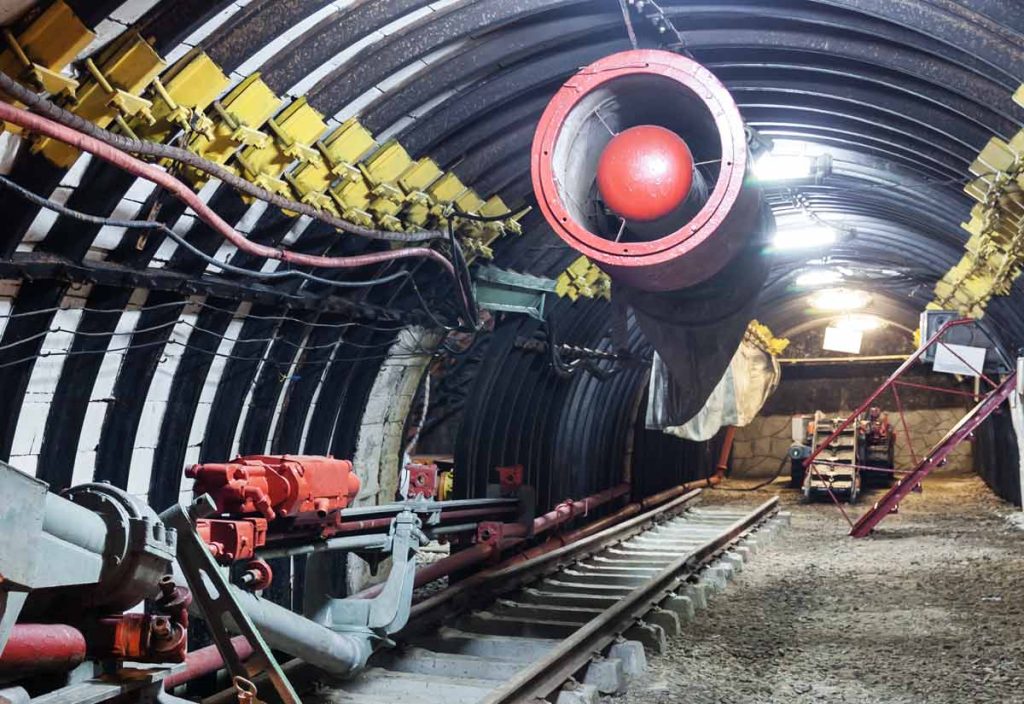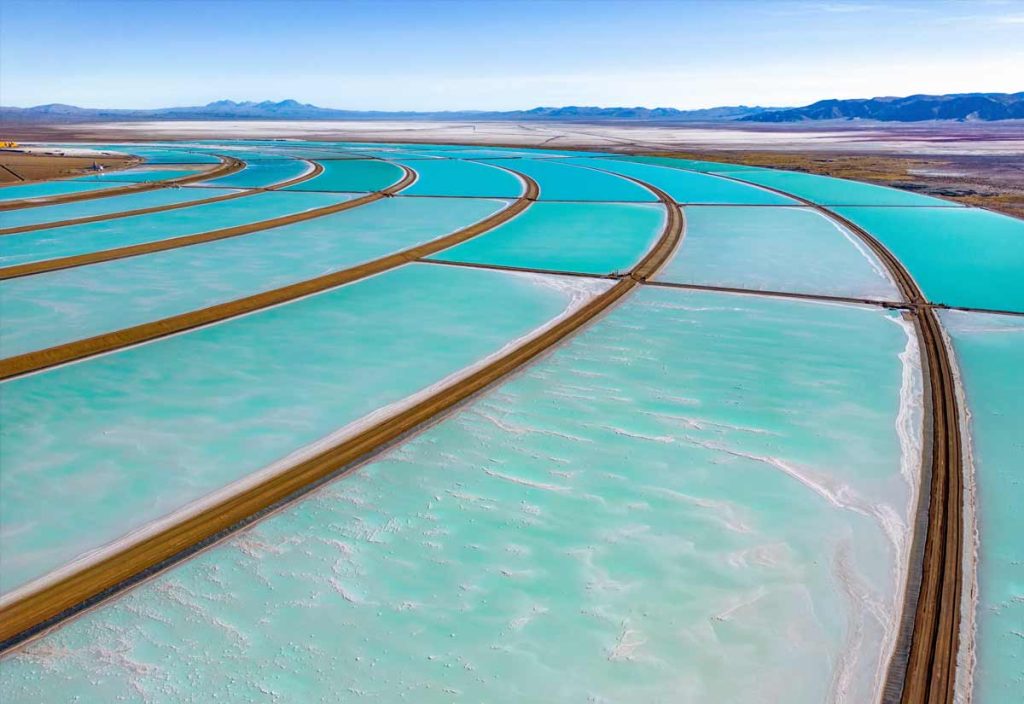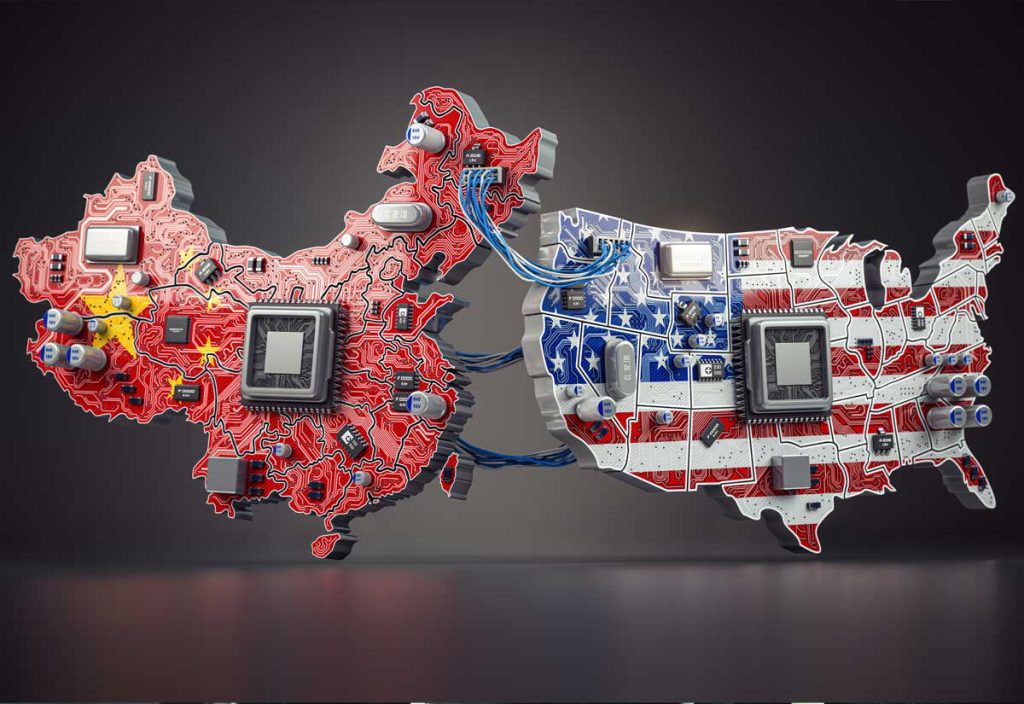A “hot” work site is any combination of air temperature, humidity, radiation, and wind speed that exceeds a wet bulb globe temperature (WBGT) of 79°F (26°C).- MSHA-Safety and Health Materials- Heat Stress
Summer is coming and with it the heat that expands the definition of the “hot” work site according to Mine Safety and Health Administration standards. Hot work sites aren’t exclusively confined to underground mine operations only.
Any site where excavation, construction, and support operations are conducted outdoors can become a hot site. Conversely, foundries, smelters, and kiln facilities can pile up the heat loads indoors.
Unmanaged heat loads induce heat stress on the workforce and financial stress in the c-suite when production falls off while workers deal with difficulty concentrating, rashes, dehydration, and even heart or lung damage in extended heat stress situations.
The good news is that engineers continue to advance heating and cooling solutions for both underground and surface operations. As heavy industry continues to gear up to meet the incredible demand for essential raw materials in sectors across the board, innovation has been accelerated to ensure that supply chains are strong, and production and construction continues unabated up to and throughout the Dog Days of summer.
Ventilation, heat exchange, water flow, and geothermal management have always been, and always will be, the major challenge to overcome in mining operations, but heat load problems aren’t confined to mines deep underground.
Just in case you’re not feeling the heat at your work site, here are the qualifying conditions as defined by MSHA:
The following factors help define a “hot” work site:
- high air temperatures
- high surface temperatures
- high humidity
- relatively low air movement
- A surface area where excavation, construction, and related operations are conducted outdoors in hot weather can be a “hot” work site.
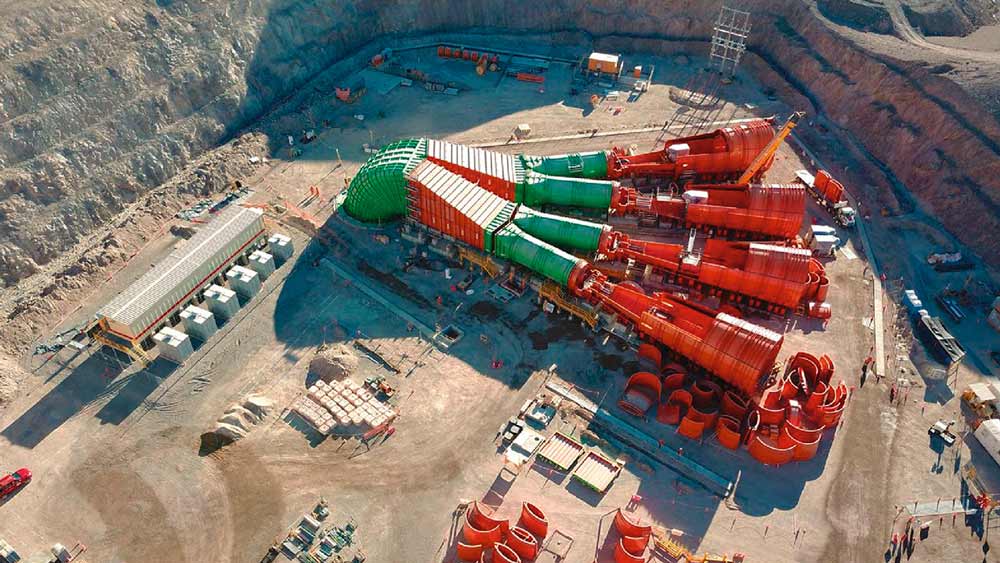
Between a Rock and a Hot Place
Underground mines are “hot” work sites because of the heat generated from the rock itself. Ground water flowing through hot rock formations acquires heat, increasing the ambient air temperature. But mine operations contribute to the heat load as well.
Liberating the minerals that keep the world running requires drilling, blasting, and welding. All these tasks increase the heat load that miners and site operations must endure, whether on the surface or underground. Construction sites tend to accelerate work in the spring and summer months. Horsepower and manpower alike contribute to feeling the heat.
Geothermal heat, combustion engines, electric motors, compressors, and even lighting all contribute to the heat load in work areas wherever they are deployed. Even working human bodies can generate a significant amount of heat, especially when strenuous effort is involved. High humidity is generally considered as the most reliable indicator of the most hazardous environments for the workforce according to the MSHA.
Cool Solutions For Hot Work Sites
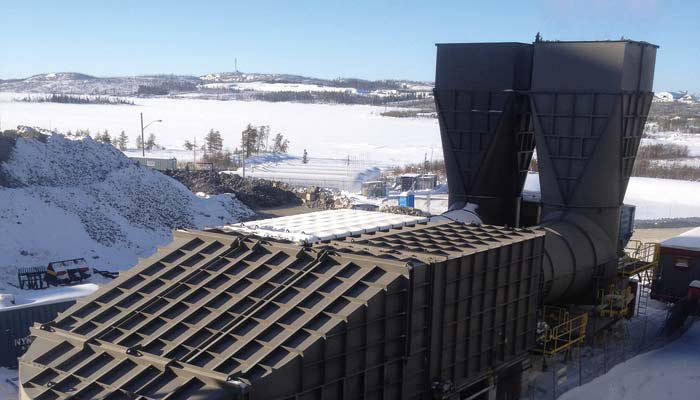
“Temperatures underground increase by 72-87 degrees Fahrenheit per mile of depth, mostly due to that geothermal heat. Other factors, like machinery, mechanical processes and the metabolic heat created by people moving around, make it so the average temperature in some mines reaches 125-130 degrees” Turning Down the Heat
Some above-ground cooling solutions are as simple and cost-effective as pitching sun-blocking tarps and canopies to reduce the heat loads in site hot spots. Options for more aggressive heat management fall within a few general categories including:
- Strategic fan location and ventilation planning
- Effective water cooling and heat exchangers
- Workforce-wearable items such as cooling vests and watches
- Heat load prevention.
None of the above solutions come cheaply though. According to UArizona graduate student Mohit Butani;
“The cost that goes into cooling down the mines to maintain a workable environment is astronomical, because cooling the whole mine using just ventilation is a pretty costly affair,” Butani says. “The best way to prevent that would be something to just quickly prevent the heat from getting in the mines, right?”
Butani’s innovation involves a preventative technique called direct foaming. Specially formulated porous foam is applied to the mine walls. The foam performs just as insulation manages heat in home construction.
However, rather than keeping the warmth from escaping, the foam keeps the heat from entering workspaces in the first place. Reducing the heat entering the mine decreases the demand on HVAC systems and subsequently reduces the overall cost of keeping operations safe for workers.
Cooling Solutions Out of Thin Air
Air is an excellent insulator and foam has numerous pockets of air trapped in place. Air between double-pane windows has proven itself as quite an effective insulator in such challenging environments as buildings in Antarctica. As it turns out, locally available mine tailings can be the self-sufficient source for recycled minerals required to make the air-laden foam.
Says Butani about the ingredients for his mine wall foam, “The mine tailings are basically the wastewater that comes out of the mines after all the chemical processing it goes through. There are tailing ponds that let the water evaporate,” Butani explains. Whatever minerals are left behind can be collected and recycled for use in the insulating foam.
The challenge for Mohit Butani, Master of Science in the Mining and Geological Engineering Dept at UArizona’s Lowell Institute for Mineral Resources, is to tailor the foam composition formula until it’s just right for withstanding the rigorous environments of mining operations. Repurposing leftover minerals from available tailings was just the first step.
After the tailings minerals were combined into a ceramic slurry, engineer Butani got busy calculating the ideal ratios for the most useful foam. Hydrogen peroxide was mixed in to make the slurry mixture porous. Stearic acid stabilized the bubbles. The LAMMPS Molecular Dynamics Simulator kept materials modeling R&D costs down, running numerous simulations quickly to find the most ideal ratios for the coolest mine wall foam formulas.
About Resource Erectors
When things are heating up in your heavy industry sector and it’s time to find the coolest heads for your professional level teams, Resource Erectors has the specialized recruiting experience your company needs to thrive in the most challenging business and operational environments.
For talented heavy industry professionals moving up in the world, we maintain long standing connections with the industry-leading companies across North America offering lucrative opportunities and competitive benefit packages in engineering, mining, civil construction, sales, safety, site management, bulk materials, manufacturing and more. If you’re the go-to guy or gal in your organization and you’re ready to make a strategic or geographic career move, we have corporate clients seeking your talents all across the US, so don’t hesitate to contact us today.
